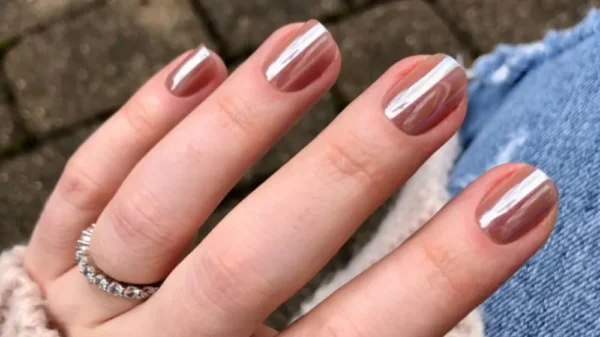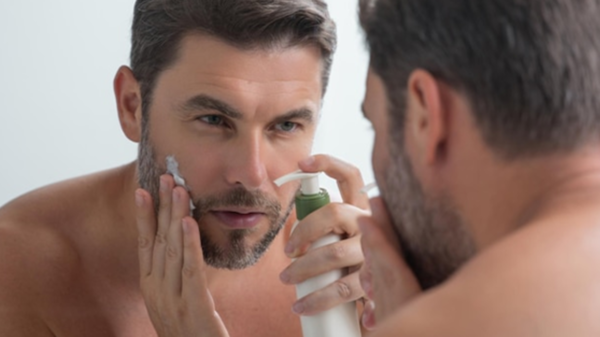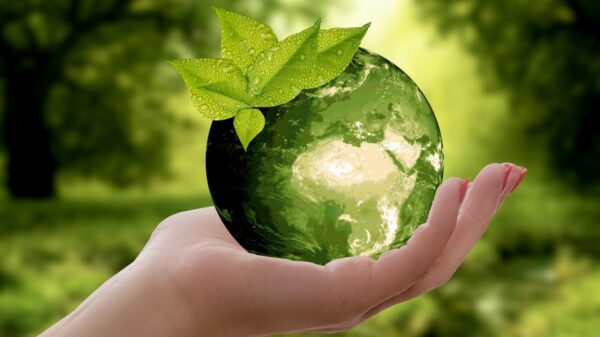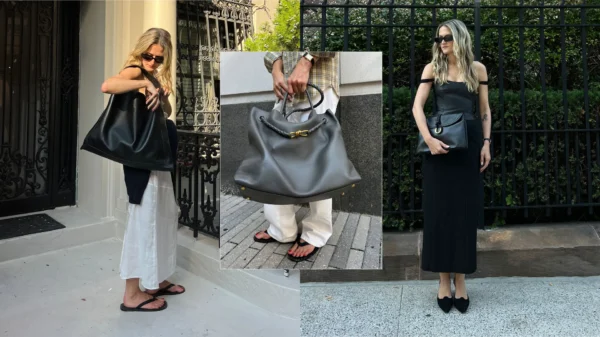Sustainable and Clean Beauty: Redefining Skincare with Ethics and Responsibility
Sustainable and clean beauty has become a defining movement in the beauty industry, reflecting consumers’ growing desire for eco-friendly and ethically sourced products. With increased awareness about environmental impact and personal health, brands are adapting by offering clean formulations free from harmful chemicals and focusing on sustainable packaging practices. This shift not only meets consumer demand but also aligns beauty with responsibility.
The Rise of Conscious Consumers
Modern consumers are becoming more conscious of the environmental and ethical implications of their beauty choices. Shoppers are increasingly seeking transparency from brands regarding ingredient sourcing, manufacturing practices, and environmental impact. This awareness has transformed purchasing behaviors, pushing the industry to prioritize sustainability and ethical responsibility.
Clean Beauty: Free from Harmful Ingredients
Clean beauty emphasizes products that are free from harmful chemicals such as parabens, sulfates, phthalates, and synthetic fragrances. Instead, brands are using naturally derived, non-toxic, and skin-friendly ingredients. Clean formulations aim to promote healthier skin while reducing the risk of irritation, allergies, or long-term adverse effects, making beauty safer for consumers.
The Importance of Sustainable Sourcing
Sustainable beauty is rooted in ethically sourcing ingredients to minimize environmental harm. Brands are turning to renewable resources, responsibly harvested botanicals, and fair-trade partnerships. Ingredients like organic oils, algae, and plant-based actives are being grown and harvested with practices that protect ecosystems and ensure long-term sustainability.
Eco-Friendly Packaging Solutions
One of the key pillars of sustainable beauty is reducing packaging waste. Brands are shifting to recyclable, refillable, and biodegradable packaging to address the growing plastic problem. Glass containers, paper-based refills, and minimalistic designs are becoming common, allowing consumers to make greener choices while enjoying high-quality products.
Multifunctional Products to Reduce Waste
Sustainable and clean beauty also emphasizes minimalism through multifunctional products. Items like tinted moisturizers with SPF, all-in-one serums, and multi-use balms reduce the need for multiple products. This approach streamlines beauty routines, minimizes consumption, and reduces the environmental footprint.
The Role of Certifications in Clean Beauty
Certifications play a crucial role in building trust between brands and consumers. Labels such as cruelty-free, vegan, organic, and Fair Trade assure customers of a product’s ethical and clean credentials. Third-party certifications ensure that claims made by brands are legitimate and align with sustainability standards.
The Shift to Cruelty-Free and Vegan Products
The move toward cruelty-free and vegan formulations reflects the ethical side of sustainable beauty. Brands are eliminating animal testing and animal-derived ingredients, opting for plant-based alternatives. This shift appeals to consumers who prioritize animal welfare while still delivering effective, high-quality skincare solutions.
Tackling the Carbon Footprint
Beauty brands are now evaluating their entire production cycle to reduce their carbon footprint. This includes adopting renewable energy sources, water-efficient manufacturing, and carbon-neutral shipping practices. Companies are also partnering with environmental initiatives to offset emissions, ensuring that their operations contribute positively to the planet.
Innovation in Clean Beauty Formulations
Advancements in technology are driving innovation in clean beauty. Brands are using bio-engineered ingredients, such as lab-grown hyaluronic acid and peptides, to create sustainable alternatives to traditional actives. These innovations ensure that products remain effective while meeting clean and ethical standards.
Transparency and Brand Accountability
Consumers demand transparency, pushing brands to disclose detailed information about ingredients, sourcing, and production methods. Clear labeling and open communication build trust and allow customers to make informed choices. Brands that demonstrate accountability are gaining loyalty in an increasingly competitive market.
Sustainability in K-Beauty and Global Brands
K-Beauty, known for innovation, is embracing sustainable and clean beauty practices. Brands are using eco-conscious packaging, fermented natural ingredients, and water-saving formulations. Similarly, Western beauty giants are following suit, ensuring clean and sustainable beauty becomes a global movement.
The Connection Between Clean Beauty and Skin Health
Clean beauty aligns with a growing interest in skin health. By eliminating harmful chemicals, these formulations promote long-term skin health, catering to consumers with sensitive or problematic skin. Ingredients like antioxidants, probiotics, and plant oils not only nourish but also protect the skin barrier.
Consumers Driving Industry Change
The shift toward sustainable and clean beauty is largely consumer-driven. With increased access to information, shoppers are holding brands accountable and demanding greener, safer products. Social media, beauty influencers, and reviews have amplified this demand, influencing industry-wide change.
Affordable Sustainable Beauty Options
While sustainable and clean beauty was once perceived as a luxury, more affordable options are emerging. Budget-friendly brands are embracing clean formulations and eco-friendly packaging, making sustainable beauty accessible to a broader audience without compromising quality.
Challenges in Achieving Full Sustainability
Despite progress, challenges remain in achieving full sustainability. Issues such as supply chain transparency, waste management, and scalability continue to pose obstacles for brands. However, ongoing research and consumer demand drive the industry toward better solutions and innovations.
The Long-Term Impact of Sustainable Beauty
The rise of sustainable and clean beauty represents more than a passing trend; it’s a movement toward a better future. By prioritizing the planet and personal health, this shift encourages lasting habits that benefit both consumers and the environment. Sustainable beauty has set new standards for the industry, shaping a more responsible and mindful approach.
The Future of Clean and Sustainable Beauty
In conclusion, sustainable and clean beauty reflects the evolving priorities of modern consumers. As brands continue to innovate and adopt eco-friendly practices, this movement is shaping the future of beauty. From clean formulations to sustainable packaging, it ensures that beauty aligns with environmental responsibility and ethical values, empowering consumers to look good while doing good.




































